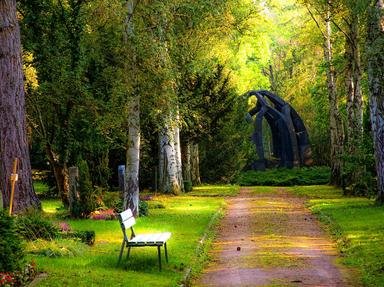
Presidential Retirements by Length Quiz
Some US Presidents lived for decades after leaving office. Others died after just a few short years of retirement. Can you order these ten Presidents by the length of their post-presidency?
An ordering quiz
by matthewpokemon.
Estimated time: 3 mins.